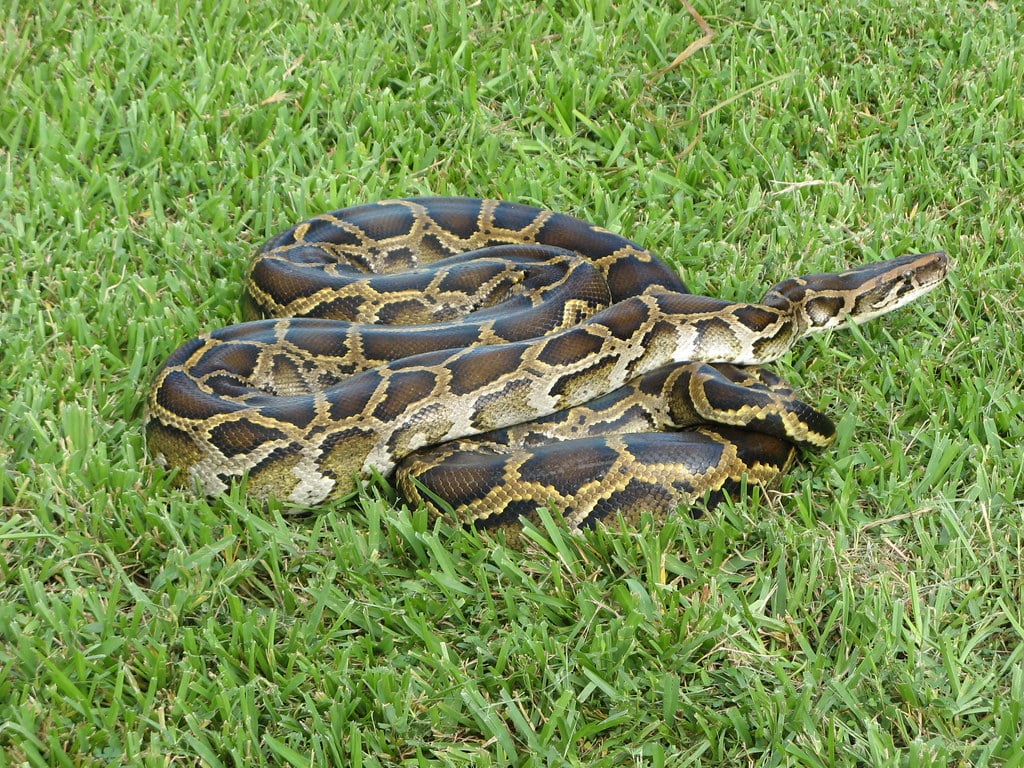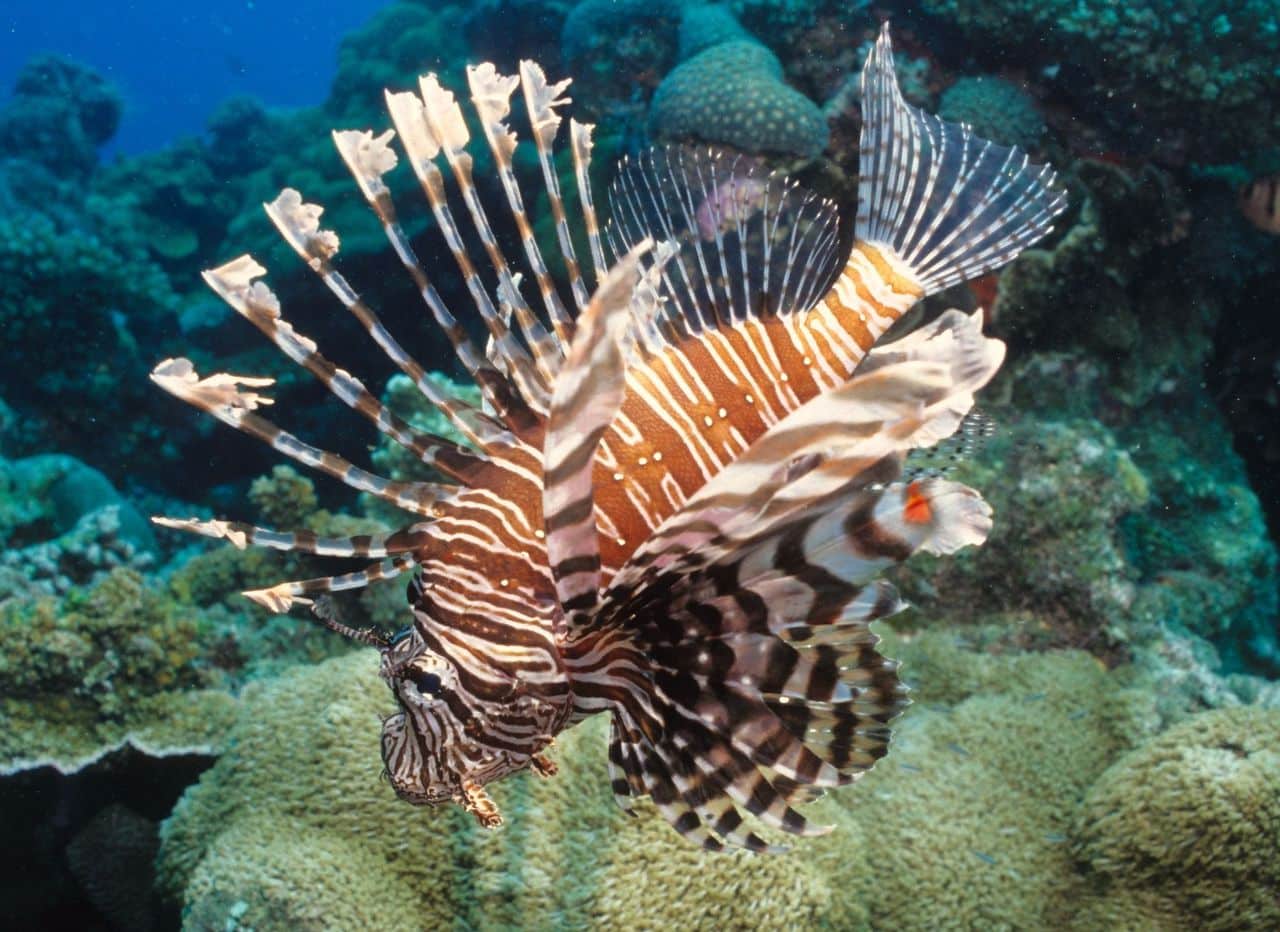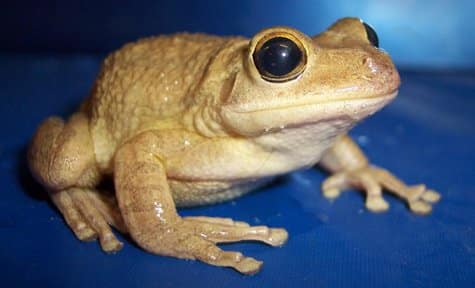
The Battle Against Invasive Species: Florida’s Frontline Strategies
Florida’s picturesque Everglades, a mosaic of wetlands and wildlife, is under siege. The culprits? Invasive species. In Part 1, we explored the nature of these intruders and their impact on this unique ecosystem. Now, let’s delve into the strategies and initiatives in place to combat this ecological threat.
1. Policy Initiatives: Stricter Regulations and Enforcement
One of the key approaches to combating invasive species is through policy. Stricter regulations on pet trading are essential in curbing the introduction of non-native species into Florida’s ecosystems. The state has implemented more rigorous laws and enforcement measures to monitor and control the exotic pet trade. These efforts aim to reduce the chances of animals like Burmese pythons or lionfish being released or escaping into the wild.

The lionfish is a species native to the Indo-Pacific region, but populations of this fish have exploded in the Gulf of Mexico, the Southeast coast of the U.S., and the Carribean ocean. These fish have few predators, and researchers suspect lionfish kept as pets were released into the wild by their owners in the 1980s, resulting in the large invasive population present today. Photo courtesy of Alabama.com
2. Innovative Land Management Techniques
Effective land management is crucial in the fight against invasive species. Early Detection and Rapid Response (EDRR) systems are in place to identify invasive species quickly and control them before they can reproduce and spread. The Nature Conservancy (TNC) and other organizations employ cutting-edge technologies and methodologies for monitoring and managing these species. This includes using drones for surveillance and employing biological control methods where natural predators of invasive species are introduced in a controlled manner.
3. Community Engagement and Education
Raising awareness and engaging the community is another critical component. Programs like TNC’s Python Patrol and Everglades CISMA’s IveGot1 encourage public participation in spotting and reporting invasive species. Educational campaigns focus on responsible pet ownership to prevent the release of exotic pets into the wild. The Swamp School and other educational institutions offer courses and workshops to educate residents and visitors about the importance of preserving native species and habitats.

The Argentine black and white tegu is a species common in the pet trade. Pets were released into the wild and now the invasive population is growing, threatening native bird and reptile species. Photo courtesy of Reptile Jam.
4. Research and Collaboration
Ongoing research is pivotal in understanding the behavior and impact of invasive species. Collaborations between universities, conservation organizations, and government agencies are central to developing effective management strategies. Studies focus on the ecological impact of these species and explore new ways to control their populations.

A large, invasive amphibian that will eat whatever it can fit in its mouth is not good news for native species, and unfortunately, wildlife researchers in the U.S. now have to contend with such a species: the Cuban tree frog. The invasive population in Florida is growing, and these large frogs, which consume native amphibians as part of their diet, have been found as far away as Vermont. Photo courtesy of Denise Gregoire of the U.S. Geological Survey.
5. Harnessing Technology and Innovation
Technology plays a significant role in this battle. From advanced tracking systems to genetic studies, scientists and conservationists are leveraging technology to better understand and control invasive populations. Innovations in this field are continually evolving, offering new hope in the fight against these ecological invaders.
The Road Ahead
The battle against invasive species in Florida’s Everglades is ongoing and complex. It requires a multifaceted approach, combining policy, management, education, research, and technology. The commitment of government agencies, conservation groups, scientists, and the public is crucial in preserving this unique ecosystem for future generations.
Stay tuned for more updates on this pressing environmental issue, and don’t forget to join the conversation online. Your awareness and action can make a difference in protecting the Florida Everglades from invasive threats. Let’s work together to safeguard this natural treasure.
